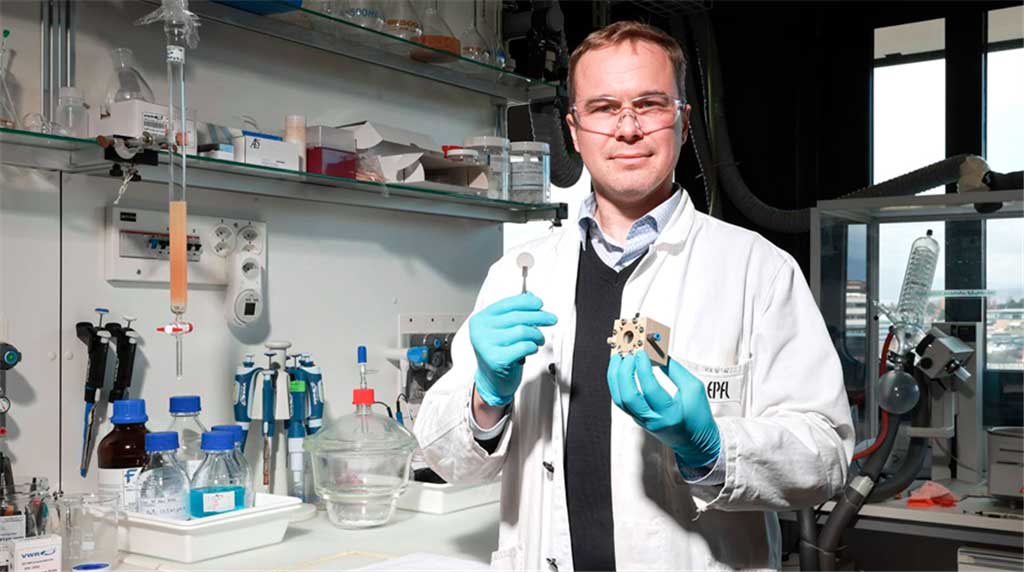Outdoors, it represents a major leap in the technology, nearly 10 times more efficient than solar water-splitting experiments of its kind.
Specialists said the biggest benefit is driving down the cost of sustainable hydrogen. This is enabled by shrinking the semiconductor, typically the most expensive part of the device. The team’s self-healing semiconductor withstands concentrated light equivalent to 160 suns.
Currently, humans produce hydrogen from the fossil fuel methane, using a great deal of fossil energy in the process. However, plants harvest hydrogen atoms from water using sunlight.
As humanity tries to reduce its carbon emissions, hydrogen is attractive as both a standalone fuel and as a component in sustainable fuels made with recycled carbon dioxide. Likewise, it is needed for many chemical processes, producing fertilizers for instance.
pll/rgh/lpn










